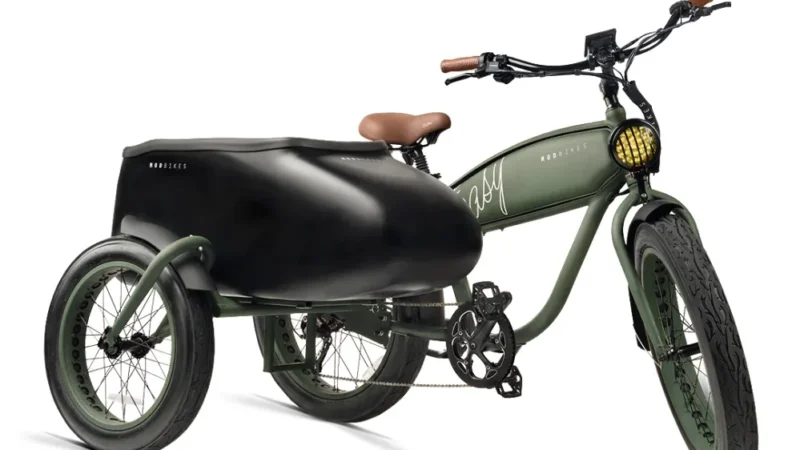The safety of passengers, drivers, and the fleet is always the foremost concern in any logistics organization. Vehicle manufacturers now install a wide range of innovative safety gear such as adaptive headlamps and airbags to maximize the safety of drivers and passengers.
However, fleet companies now know that pre-installed safety technologies are not sufficient to ensure the safety of their drivers, goods, and vehicles. They usually opt to purchase and install additional, and crucial, safety equipment in their fleet It’s also a good idea to get fleet insurance to protect the unique risk mitigations of the business.
Here are some important fleet safety technologies you should consider installing in your vehicles:
- FRONTAL RADAR-BASED COLLISION AVOIDANCE TECHNOLOGY: This technology helps in reducing the impact of any frontal collision significantly. It does this by monitoring the movement in front of your truck. While the cameras help provide a visual guide to the driver, other features such as radar and other sensors help calculate the speed and distance of any other vehicles nearby. In time past, only OEM luxury vehicles and commercial vehicles had the privilege of enjoying this technology. However, today, almost all vehicle manufacturers have versions of this technology. This technology is most helpful for fleets that operate where there are lots of people walking on foot, such as in urban areas. The radar sensors in the technology are connected to the braking system of the vehicle, hence, helping avoid both rear and frontal collision.
- ABS (AUTOMATIC BRAKING SYSTEM): ABS is a system that automatically activates the brake of a vehicle whenever it anticipates an imminent collision. This technology is often referred to as the number one collision prevention system since it helps prevent the car from colliding with pedestrians or obstacles. The sensors installed in the ABS also help alert the driver whenever it detects potential hazards. Many recent vehicles have ABS pre-installed; however, be sure to reach out to professional and experienced hands whenever you need assistance.
- BLIND SPOT TECHNOLOGY: Using the side mirrors is important when driving, especially if you are trying to get out of a parking spot or switch lanes. However, there are some areas where your side mirrors are rendered ineffective because they just can’t see everything. These areas are referred to as blind spots. Hence, blind spot technology comes in the form of installed cameras that help show the driver areas that the side mirrors cannot see. They help warn the driver whenever there is a possible collision risk through audible, tactile, or visual feedback. They are often small in size and are installed just below the side mirrors.
- ADAPTIVE HEADLAMPS: Driving at night or in windy weather can be tricky and drivers want assurance that they can see far enough ahead to prevent a collision or other accidents. Using adaptive headlamps helps enhance the driver’s view. They have automatic sensors that regulate the intensity of the light emitted based on the environment and speed of the vehicle. This implies that the driver does not have to be distracted with the responsibility of regulating the lights as the sensors take care of that.
Today, there are tons of fleet safety technologies in addition to the traditional airbags and seatbelts that come pre-installed in our vehicles. Ensure you have them installed in your fleet to protect your driver, passengers, goods, and fleet.





Recent Comments